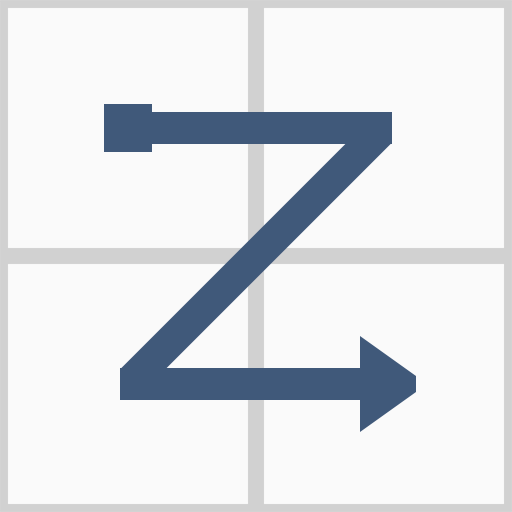I’m a visual person. I tend to be able to learn more quickly when I have certain imagery or visual cues to assist in my understanding.
As such, I decided to create a series of images representing all the possible Signpost orders in Dramatica. There are 24 in total, and they look a lot like letters, so I have dubbed this set, “The Dramatica Alphabet.”

These are the 24 possible Signpost orders that can appear in a Dramatica Storyform.
They can also be used to represent the order of Variations for each Signpost, as seen in the Plot Sequence Report.
You’ll notice that the icons are arranged in a quad (6 elements in each) that are reflective of each other, both diagonally and top to bottom (flipped horizontally).
I created them all as separate files, in several resolutions, so that I can put them in any Microsoft Word documents I use with regard to any of my writing, or any study materials I create for myself with regard to Dramatica itself.
I have 5 resolutions available, all in *.png image format. The resolutions available are 32x32, 64x64, 128x128, 256x256, and 512x512. They’re all set to 300 pixels per inch for high quality printing of the larger versions.
The ones in the example above are 64x64.
If anyone would like to use them for non-commercial purposes, just send me a PM with your email and I can send them to you in a zip file. You can pick one resolution or I can send them all to you.
To give you an idea of the quality of the images, here’s an image from the 512x512 set:
Each icon has a dot representing the starting Signpost, and an arrow indicating the final Signpost and direction of the act movements.
Now that I’ve created these, I’ll be using them to visualize the bumps and slides in my stories. Hopefully someone will find them useful.
Rod



